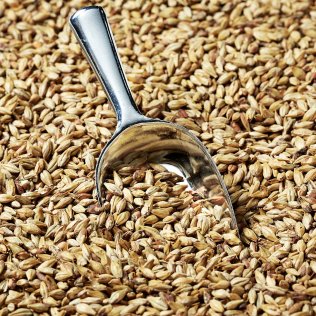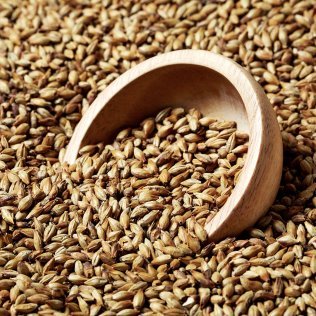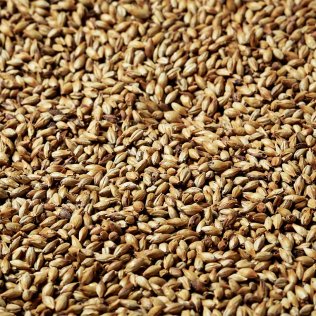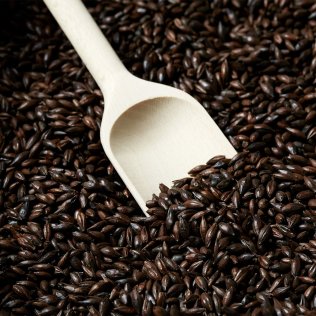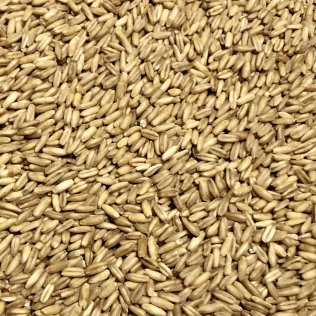Recipe: Scottish Export Ale

In Scotland, there are three primary traditional beer styles: Scottish Heavy (70/-), Scottish Export (80/-), and Wee Heavy (Strong Scotch Ale). The lighter 60/- is less common but experiencing a resurgence. These styles, though named similarly to English beers, have distinct flavour profiles, with Scottish varieties being weaker, sweeter, and darker, with lower hopping rates.
Modern recipes may include dark malt and caramel malt, with fermentation at slightly cooler temperatures. Despite popular lore, the differences between Scottish and English beers are noticeable but not extreme. Production methods such as kettle caramelization and heavy use of caramel malts, popular among homebrewers, are less common in traditional Scottish brewing. The use of peat-smoked malt is considered inappropriate for these styles.
The 'shilling' designations, originally indicative of beer prices, now simply denote strength, with higher numbers indicating stronger beers within the same brewery. Allow us to share with you a recipe for Scottish Export Ale (80/-).
Original gravity: 1,040–1,060
Final gravity: 1,010–1,016
Colour SRM: 12–20
IBU: 15–30
ABV %: 3.9–6.0
Grain bill
This typically consists of 3 main ingredients. Ale malt will provide the base malty flavour and enough fermentable sugars. Caramel malt adds sweetness, body and caramel flavours, the characteristics this style requires. Usually, a blend of light and dark caramel malts is recommended. Roasted Barley or Chocolate malt is also used in some recipes. You cannot go wrong with a small amount, that would enhance colour and impart subtle roasted flavors.
Swaen Ale malt is the key component of this recipe. Instead of using wheat or corn we added Swaen Oat, resulting in a perfect creaminess. To ensure a nice malt profile, target a proportion of specialty malts at approximately 10%. Darker caramel malts contribute caramel and toasty notes, whereas lighter ones impart a sweeter character. To have a balanced profile, we used Gold Swaen Classic. From the roasted malts some Black Swaen Biscuit would impart a subtle crispiness, while a handful of Chocolate B gives pleasant roastiness. A moderate one-step mash around 152 °F (67 °C) should be great for this style.
Variety | Quantity | Quantity | Colour EBC | Colour ºL | Ratio |
|---|---|---|---|---|---|
Swaen Ale | 4.0 kg | 8.82 lb | 7 | 2.6 | 83% |
Swaen Oat | 0.3 kg | 0.66 lb | 4 | 1.5 | 6% |
Gold Swaen Classic | 0.3 kg | 0.66 lb | 120 | 45 | 6% |
Black Swaen Biscuit | 0.1 kg | 0.22 lb | 80 | 30 | 2% |
Black Swaen Chocolate B | 0.1 kg | 0.22 lb | 900 | 340 | 2% |
Hops
Hop bitterness and flavour should be evident without overpowering the malt characteristics, with traditional English-style varieties being a fitting choice, as expected.
Variety | Quantity | Quantity | Duration | Alpha acid | IBU |
|---|---|---|---|---|---|
Fuggles | 28 g | 1 oz | 60 min | 4.9% | 16 |
Fuggles | 14 g | 0.5 oz | 20 min | 4.9% | 5 |
Yeast
As for fermentation we recommend the Gozdawa 'Withbread' (Original British Ale Yeast 04) yeast, that is most suitable for this recipe. It’s a well-known UK origin strain, applied for the top fermentation beers with balanced final aroma.
Optimal temperature | Attenuation | Flocculation | Alcohol tolerance |
|---|---|---|---|
16-19 ⁰C | Max. 75% | High | Up to 10% |
Results
Batch size: 23 L / 6.1 gallon
Efficiency: 75%
Efficiency: 75%
Original gravity: 1,046
Final gravity: 1,010
Colour SRM: 13
IBU: 20
ABV %: 4.7
Carbonation: 1.8
pH: 5.2
Appearance
Amber colour, creamy foam.
Taste profile
Malty beer with light caramel, toast, toffee, and fruit flavours.
Food pairing
English pub dishes, roast pork, smoked salmon.

